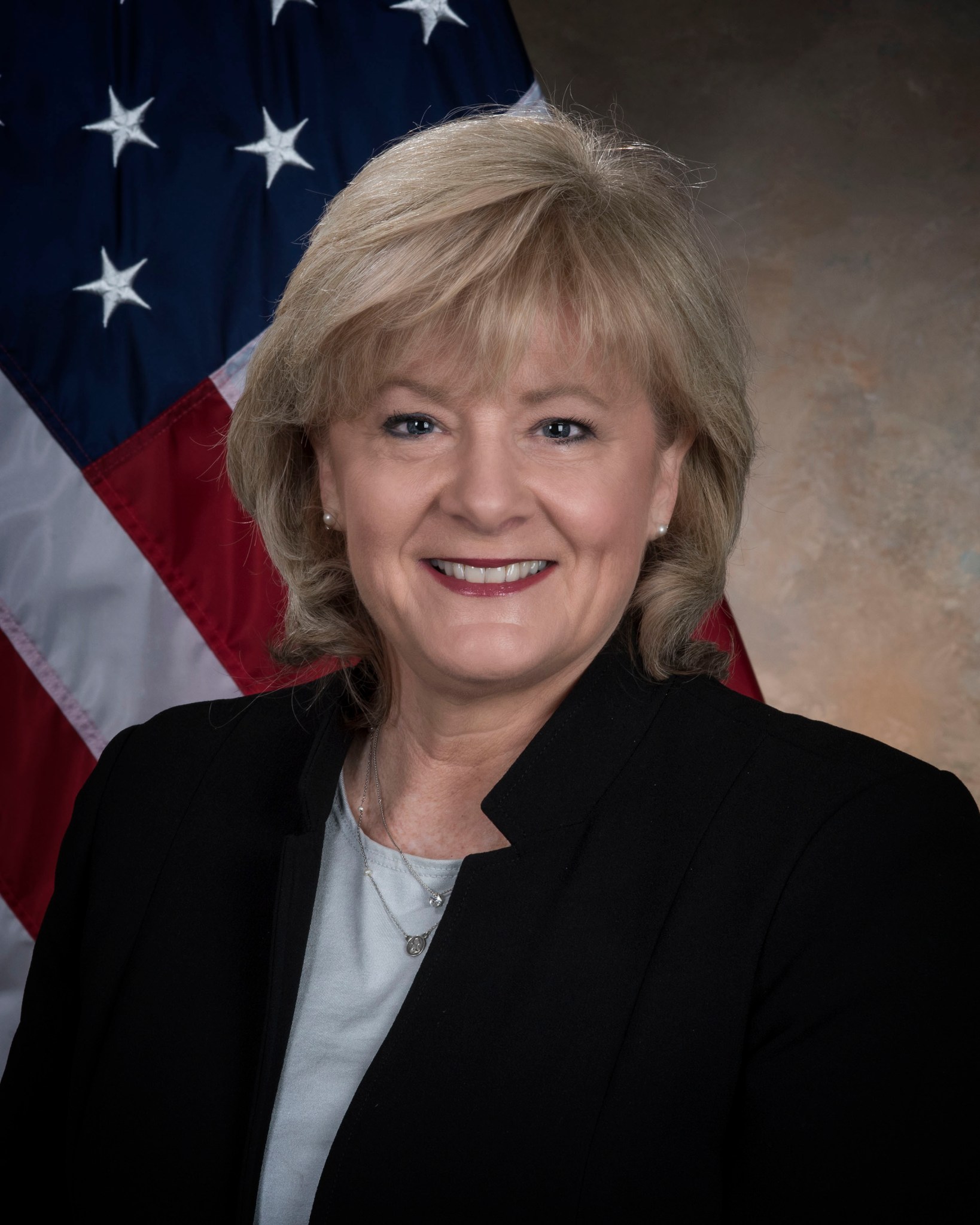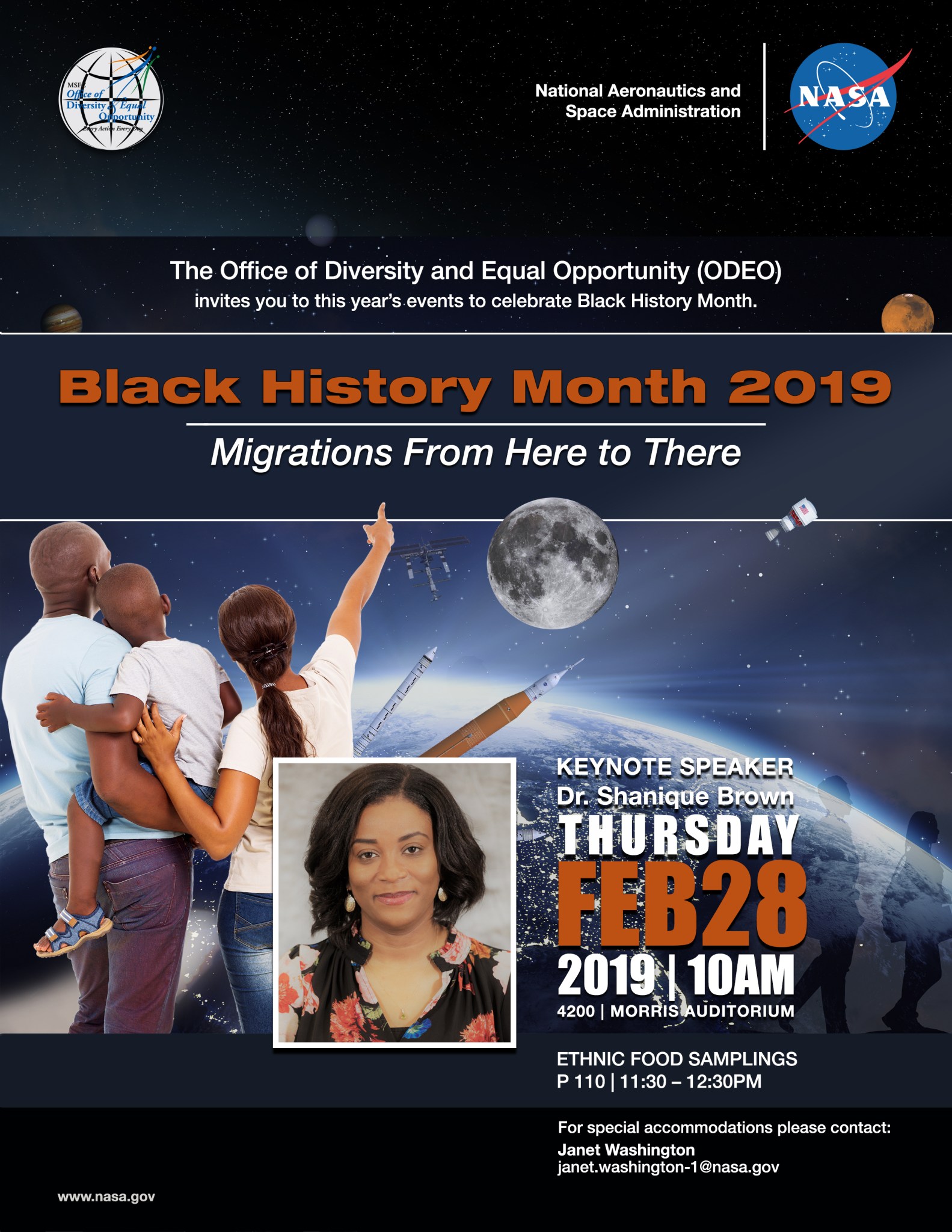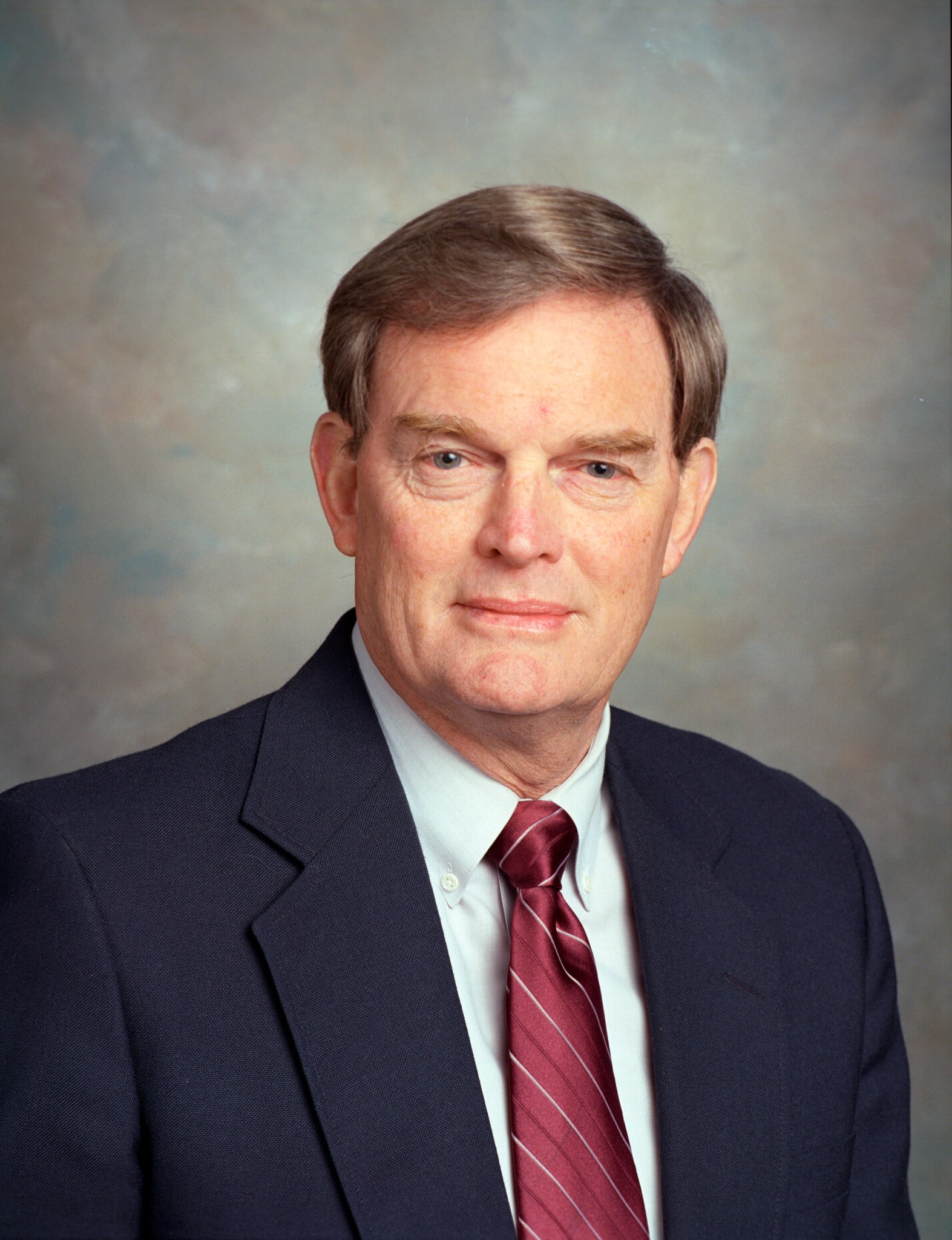In This Week’s Star
- Director’s Corner: Keep up the Great Work!
- NASA Covers Large SLS Liquid Hydrogen Tank with Foam Insulation
- Watch the Top Part of the SLS Core Stage Come Together
- Marshall’s Newest ‘Green’ Building Points to the Future
- Marshall to Celebrate Black History Month
- Volunteers needed for 25th Annual Human Exploration Rover Challenge
- New Horizons and InSight Highlighted on ‘This Week @NASA’
- Margrit von Braun, Daughter of Rocket Pioneer Wernher von Braun, to Speak at UAH
- Former Marshall Center Director Jack Lee Dies
Director’s Corner: Keep up the Great Work!
Marshall team,
What a busy start we have had to our year! Thank you for your unwavering dedication to the mission as we champion the work that lies ahead. I can assure you, your attitude and hard work are felt and appreciated.
Two weeks ago I had the privilege to attend the SLS/Orion/EGS Supplier’s Conference in Washington where I met with several members of Congress who all shared with me their enthusiasm for NASA’s Space Launch System, what we have accomplished, and what SLS will do for the nation. While I liked hearing their enthusiasm about SLS, I was proud to take the time to share a few of our other accomplishments we made last year and how we are continuously working to deliver on our mission in all areas.
Here are a few highlights of the year:
- Administrator Bridenstine Visit
- On his multi-center tour, Administrator Bridenstine visited Marshall and learned about what makes Marshall unique. He was briefed on space station science operations, technology development, and SLS progress. He also addressed the Marshall workforce and answered questions.
- Office of Human Capital Mentoring Event
- More than 100 employees attended the fall mentoring event highlighted by a visit from Steve Shih, agency Associate Administrator for Diversity and Equal Opportunity. Ninety-five percent of attendees said, “The advice I received from a mentor(s) was valuable for my professional development.” I encourage you to continue supporting these kinds of events and offering your feedback.
- Refabricator- 3D Printer
- The Refabricator Technology Demonstration was activated and commissioned on the International Space Station earlier this month. These in-space recycling and reuse technologies can be used on the ISS and on future long-duration crewed missions as a means to promote astronaut health and safety. Although there were noted differences in material behavior on-orbit compared to ground testing, the team is confident in a successful mission. These kinds of differences provide invaluable lessons learned and serve to prove why flight demonstrations are pivotal.
- OSIRIS-REx Mission and InSight Landing
- OSIRIS-Rex is the third mission in NASA’s New Frontiers Program, which Marshall manages for the Science Mission Directorate. The newly arrived spacecraft has already discovered water on an asteroid.
- NASA Jet Propulsion Laboratory’s InSight Mission, which is under the Planetary Missions Program Office at Marshall, landed on Mars in November 2018 and is the first mission to explore Mars’ deep interior. It will open a window into the processes that shaped the rocky planets of the inner solar system, including Earth, more than four billion years ago.
- SLS
- SLS continuously made great progress throughout the year. While we overcame challenges with our core stage, the boosters, engines, in-space stage and adapters of the vehicle were completed or were in final outfitting and testing by the end of 2018. Also, we are excited to have received the Liquid Hydrogen Tank structural test article that will undergo testing this year. I’m looking forward to the milestones we will reach in 2019 with SLS.
I recognize that these accomplishments are a mere glimpse into the amazing work we did in 2018 – and by no means a full representation of the true value of our work. As we drive ahead into 2019, I encourage you to look back with pride at all we have accomplished and overcome while also looking ahead with an attitude of resilience.
What we do with SLS, in science and technology, and ISS (which includes our support to the commercial crew program which will be launching American astronauts from American soil once again) will inspire the work of the next generation — the Mars generation. Our future is bright and we have a great privilege to execute a sustainable campaign that will ultimately leave an unforgettable legacy. Although we may face challenges, let’s not lose sight of what we’re doing and why we’re doing it. Everything you do will have an impact that spans generations.
As we gear up to celebrate the 50th anniversary of the Apollo Moon landing, I can’t help but be reminded of the vitality that was not only felt around the world during that time, but that resonated loudly at Marshall. I am confident that our team embodies that same spirit and will carry it into all that we do as we continue delivering on our mission, putting our people first, and building agile partnerships.
Keep up the great work!
Jody Singer
NASA Covers Large SLS Liquid Hydrogen Tank with Foam Insulation
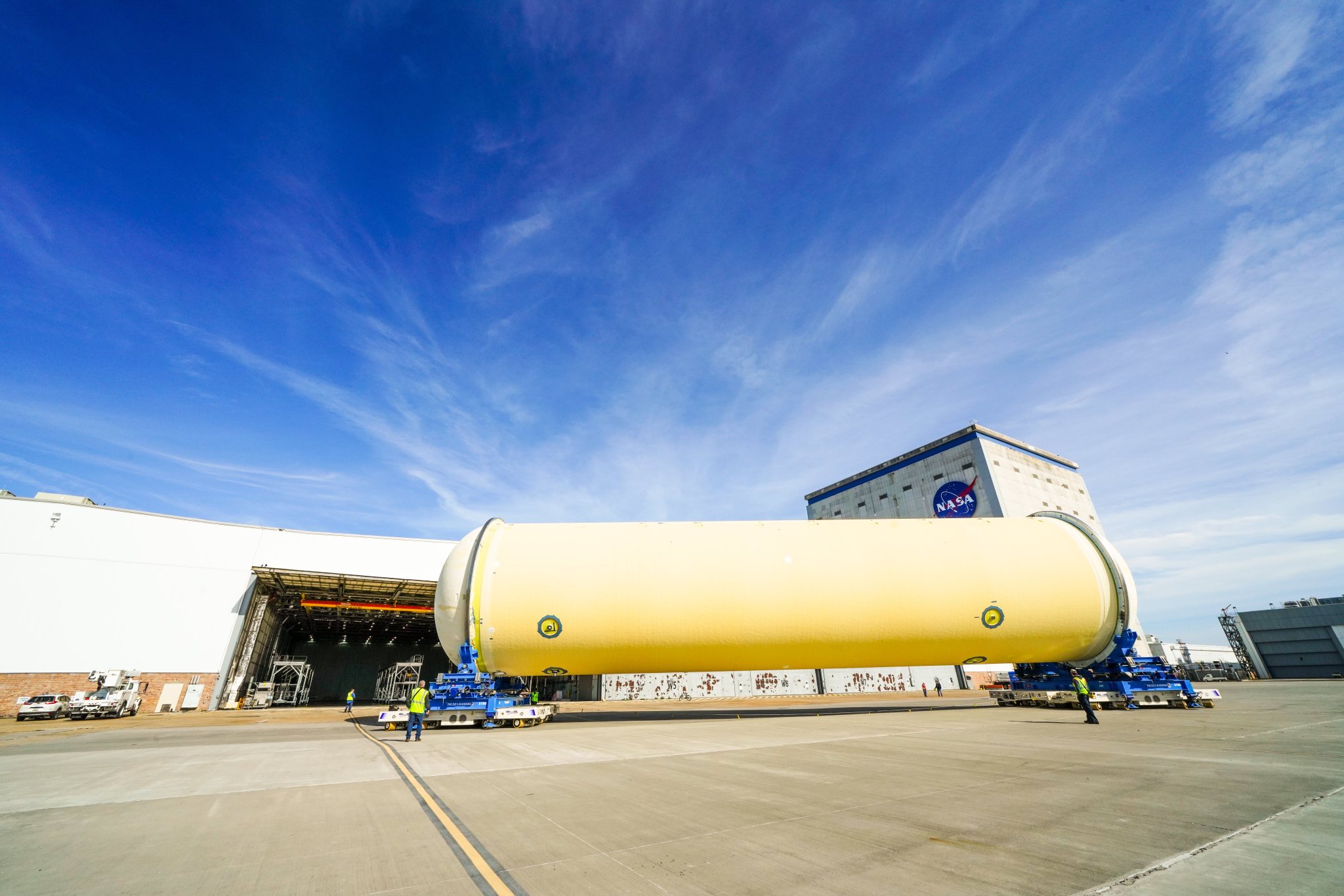
Technicians at NASA’s Michoud Assembly Facility have completed the application of the thermal protection systems on the149-foot-long liquid hydrogen tank for NASA’s Space Launch System rocket. Now the tank is being prepared for joining with other major structures to form the rocket’s 212-foot core stage. The stage’s four RS-25 engines will produce 2 million pounds of thrust to help send the rocket to orbit for Exploration Mission-1, the first flight of SLS and the Orion spacecraft that will travel beyond the Moon. The tank is the largest piece of flight hardware to ever be insulated at Michoud. The hardware requires thermal protection due to extreme temperatures it will face during launch and to keep the liquid hydrogen at minus 423 degrees during the flight to space. (NASA/Jude Guidry)
Watch the Top Part of the SLS Core Stage Come Together
This video animation shows how the forward join — or upper part — of the core stage was assembled for NASA’s Space Launch System (SLS), America’s new deep space rocket. The forward join connects three structures: the liquid oxygen tank, intertank and forward skirt. The forward join is the first of three major assembly jobs required by NASA and Boeing, the SLS prime contractor, to complete the massive, 212-foot-tall SLS core stage. Assembly of the stage, which will be the largest rocket stage ever produced, takes place at NASA’s Michoud Assembly Facility.
Marshall’s Newest ‘Green’ Building Points to the Future
By Morgan Hopper
On Feb. 19, NASA Marshall Space Flight Center team members began moving into the newest building on campus, marking the official opening of Building 4221.
The glass and steel structure is home to many Marshall programs including Human Exploration Development Operation Office, Science & Technology and NASA Engineering & Safety Center.
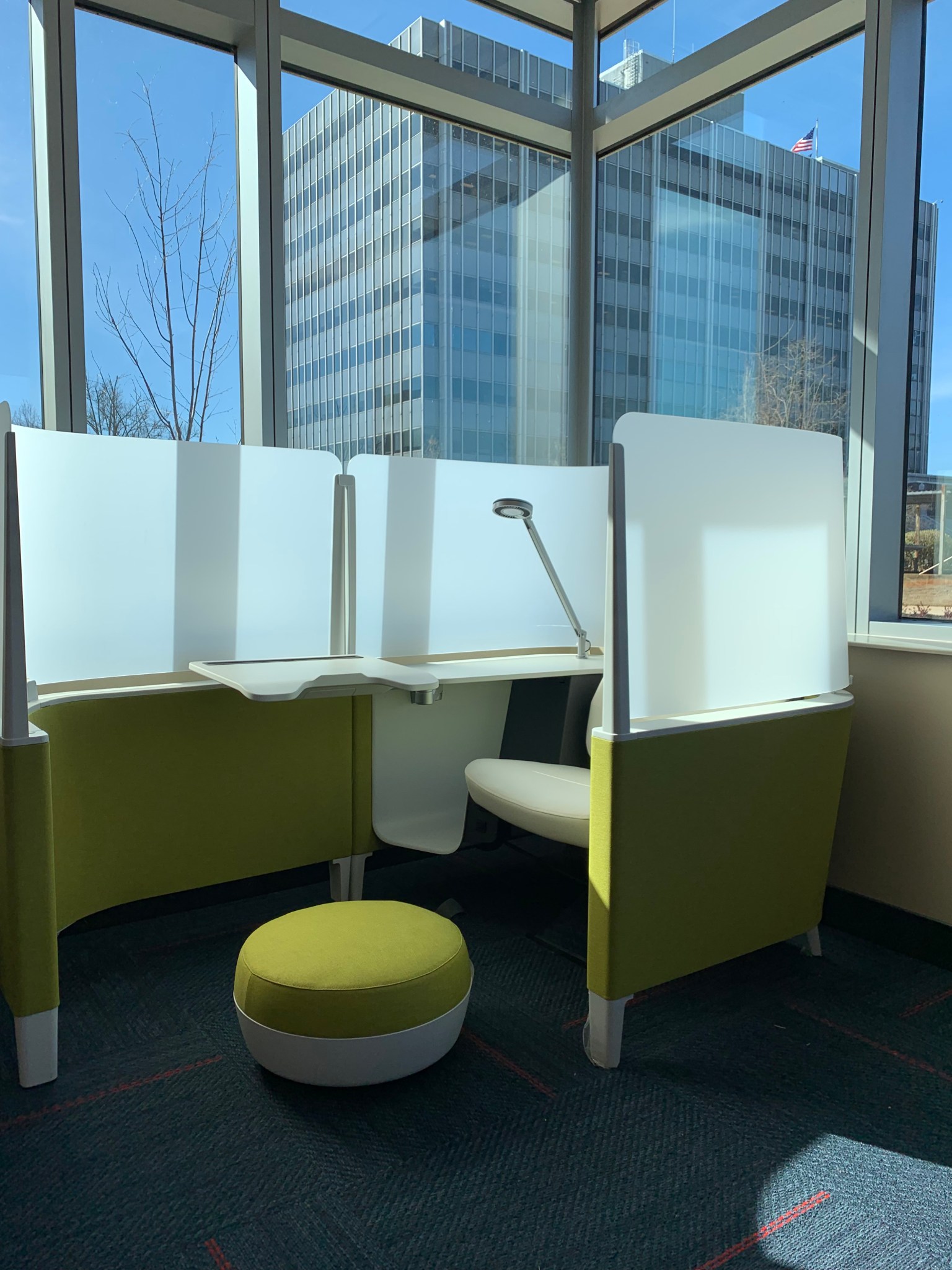
“We’re thrilled to complete this next step in Marshall’s Master Plan,” said Marshall’s Director of Center Operations Roy Malone. “We’re adding effective and environmentally friendly infrastructure for our team members, and future team members.”
Much like Building 4220 that opened in 2014, Building 4221 is designed and built to meet federally mandated standards of energy and water efficiency. The ultra-modern, “green” facility situated on the north side of Marshall’s Building 4200 administrative complex features a central atrium and innovative meeting spaces on every floor, providing offices and workspace for some 440 team members.
State-of-the-art green technologies and energy-conservation systems can be found throughout the building. The entire structure is specially insulated, with much of the exterior covered in low-emissivity glass that deflects heat to reduce cooling costs within. Rooftop solar-power units absorb energy to augment electrical power, and the building will have 99 percent LED, or light-emitting diode, lighting.
Building 4221 will go through LEED certification from the U.S. Green Building Council for Leadership in Energy and Environmental Design, the national standard for the development of high-performance, sustainable structures. It will also go through the Green Building Institute “Green Globes” certification, a nationally recognized green rating assessment that assists in setting sustainability goals. Building 4221 will become Marshall’s ninth LEED certified facility. Its first — Building 4600, the anchor of the center’s high-tech engineering complex, which opened in 2006 — was NASA’s very first LEED certified facility.
Building 4221 was designed by the Nashville-based architectural firm of Thomas Miller & Partners, and Yates Construction of Philadelphia, Mississippi, constructed the facility. The Army Corps of Engineers oversaw the contract process while NASA provided construction management and inspection services.
The new facility is the latest step in Marshall’s ambitious facilities master plan. That plan is continuing to “revitalize and modernize” Marshall’s campus, said Phil Hendrix, who leads the master planning team in the Facilities Management Office.
Also playing a central role in that program of modernization is the agency’s “repair-by-replacement” plan, which replaces old structures, costly to maintain and operate, with new facilities, providing enormous health, safety and cost benefits.
Building 4221 replaces its existing neighbor to the south, Building 4201, built in Marshall’s early years and now awaiting demolition. Once 4201 is leveled, the new historical timeline found on the south end of the new building will become the focal point of Marshall’s greenway as showcased in the master plan.
Changes such as these, once complete, will fulfill the core goal of the master plan: to reduce Marshall’s overall square footage on Redstone Arsenal by over 25 percent.
Hopper, an ASRC Federal/Analytical Services employee, supports the Office of Strategic Analysis & Communications.
Marshall to Celebrate Black History Month
NASA’s Marshall Space Flight Center will honor Black History Month with a celebration on Feb. 28 at 10 a.m. in Morris Auditorium, Building 4200. This year’s theme is “Migrations from Here to There” featuring keynote speaker Shanique Brown, assistant professor of industrial organizational psychology at Wayne State University in Detroit, Michigan.
Following her keynote, Brown will participate in a panel discussion with Bobby Watkins, manager of Marshall’s Human Exploration Development and Operations; Lewis Wooten, assistant program manager for the Space Launch System Program Office at Marshall; and Rick Burt, director of Marshall’s Safety and Mission Assurance Directorate. The panel will explore how diversity, inclusion and equity play a role in building strong teams to accomplish NASA’s mission of space exploration.
Team members are invited to enjoy an ethnic food sampling at the conclusion of the program in Room P110 in Building 4200.
Volunteers needed for 25th Annual Human Exploration Rover Challenge
By Jonathan Deal
NASA Marshall Space Flight Center team members are encouraged to volunteer for the 2019 NASA Human Exploration Rover Challenge, organized by Marshall. The challenge, celebrating its 25th year, will take place April 12-13 at the U.S. Space & Rocket Center.
“Volunteers are needed across Marshall and in the community in order to make this another successful event,” said Amy McDowell, an Aetos Systems contractor and education specialist at Marshall. “We’ve still got plenty of opportunities for volunteers on both days, especially for the afternoon shifts.”
Marshall team members interested in volunteering for the event should visit the NASA Human Exploration Rover Challenge Volunteer Registration site on ExplorNet. For those outside the NASA network or without a PIV card who would like to register, please contact McDowell at amy.h.mcdowell@nasa.gov or 256-544-8411. The annual volunteer meeting will be held April 10 from 3-4 p.m. in the U.S. Space & Rocket Center’s National Geographic Theater.
Rover Challenge continues the agency’s legacy of providing valuable experience to students who someday may be responsible for planning future space missions, including crewed missions to other worlds. Students from high schools, colleges and universities around the world design, engineer and test a human-powered rover. Once their rover is built, teams attempt to traverse a nearly three-quarter-mile course with grueling obstacles that simulate terrain found on Mars, as well as other planets, moons and asteroids throughout the solar system.
Guided by a theme of overcoming the problems of planetary exploration, the Human Exploration Rover Challenge implemented significant changes beginning in 2018. The event is no longer dominated by an all-out race across difficult terrain. Instead, the challenge now mimics the opportunities, challenges and decision-making that our future planetary explorers will face in interplanetary space.
Deal, an ASRC Federal/Analytical Services employee and Marshall Star editor, supports the Office of Strategic Analysis & Communications.
New Horizons and InSight Highlighted on ‘This Week @NASA’
New images of Ultima Thule from NASA’s New Horizons mission and the daily Martian weather reports from NASA’s InSight lander are featured in “This Week @NASA,” a weekly video program broadcast nationwide on NASA-TV and posted online.
NASA’s New Horizons spacecraft has sent back the mission’s most detailed images of the Kuiper Belt object nicknamed Ultima Thule. Obtained just minutes before the spacecraft’s approach to the object on New Year’s Day, the images offer an unprecedented opportunity to investigate the surface, origin and evolution of Ultima Thule — believed to be the most primitive object ever encountered by a spacecraft.
Daily weather reports from the surface of Mars are now available — courtesy of NASA’s InSight lander. Sensors aboard the lander recently began recording temperature, wind and air pressure information and sending it back to Earth. InSight is scheduled to continue this round-the-clock operation for at least the next two years. Current low temperatures at InSight’s location have typically been around minus 140 degrees Fahrenheit.
New Horizons is a project of the Science Mission Directorate’s New Frontiers Program, and InSight is a project of the directorate’s Discovery Program. Both programs are managed by NASA’s Marshall Space Flight Center for the directorate.
View this and previous episodes at “This Week @NASA” on NASA’s YouTube page.
This Week in NASA History: Saturn S-IC-6 Arrives at the Mississippi Test Facility – March 1, 1968
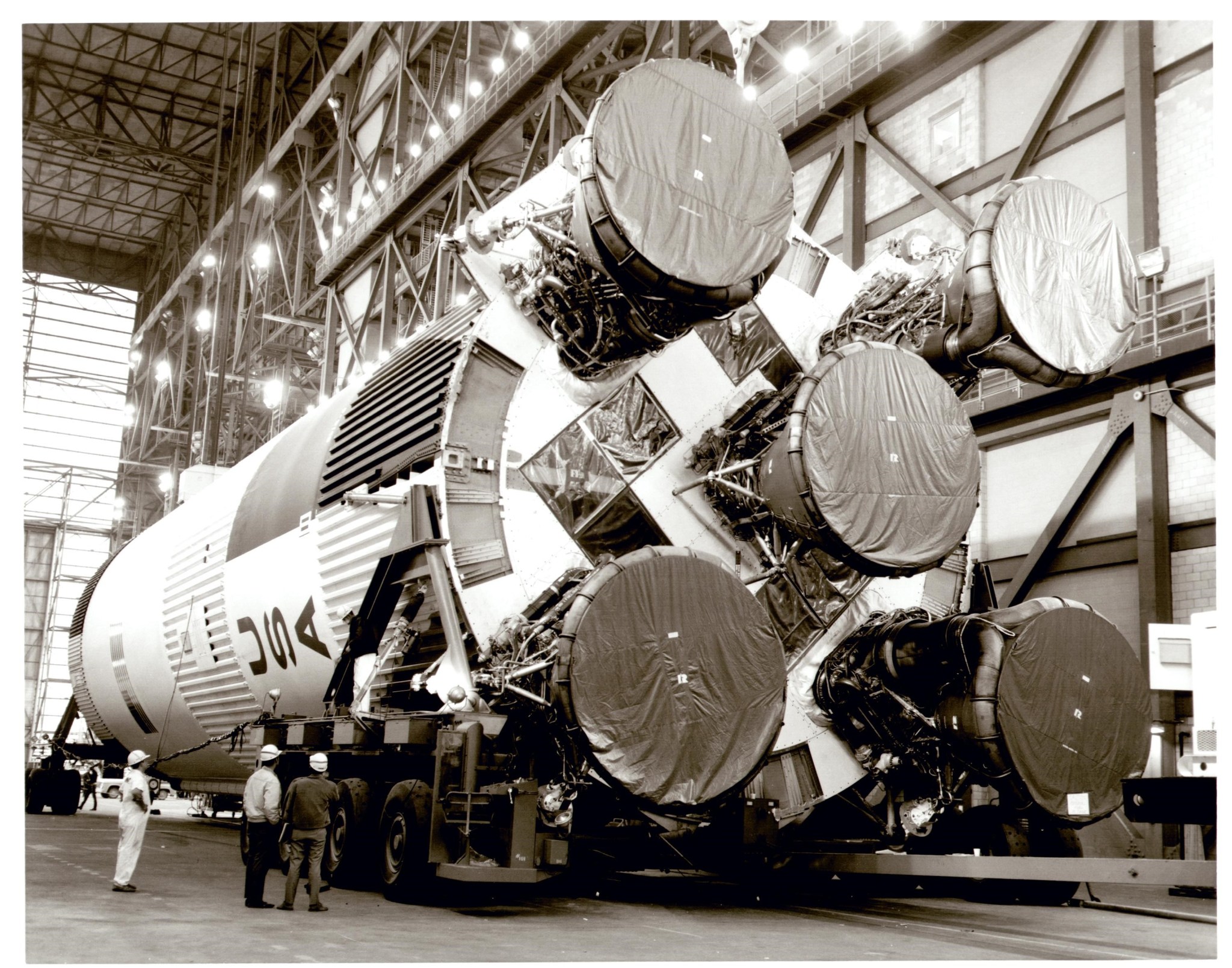
This week in 1968, the Saturn S-IC-6 arrived at the Mississippi Test Facility — today’s NASA Stennis Space Center — from the Michoud Assembly Facility. The S-IC, or first, stage of the Saturn rocket was powered by five F-1 engines, each producing 1.5 million pounds of thrust. The S-IC-6 was employed on the Apollo 11 Saturn V launch vehicle. Here, the S-IC-6 booster was lifted onto its mobile launcher in the Vehicle Assembly Building at Kennedy Space Center. Now through December 2022, NASA will mark the 50th anniversary of the Apollo Program that landed a dozen astronauts on the Moon between July 1969 and December 1972, and the first U.S. crewed mission — Apollo 8 — that circumnavigated the Moon in December 1968. The NASA History Program is responsible for generating, disseminating, and preserving NASA’s remarkable history and providing a comprehensive understanding of the institutional, cultural, social, political, economic, technological and scientific aspects of NASA’s activities in aeronautics and space. For more pictures like this one and to connect to NASA’s history, visit the Marshall History Program’s webpage.
Former Marshall Center Director Jack Lee Dies
Thomas Jack Lee, 83, former director of NASA’s Marshall Space Flight Center, died Feb. 24.
Lee served as center director from January 1994 – July 1989. Prior to his appointment as director, Lee had been deputy director since December 1980, following seven years as manager of the Spacelab program at Marshall. From July to September 1986, he also served as acting director of the center.
“Jack was a tremendous mentor to me and he helped me develop as a leader. I am deeply saddened to hear about his passing and my thoughts are with his family,” said Marshall Director Jody Singer. “During his nearly four decades of service to NASA, he provided exceptional leadership for a range of programs including Saturn and Spacelab and as both deputy director and Marshall’s sixth center director. His numerous awards and commendations over such a distinguished career serve as a testament to his tremendous contributions to the United States space program.”
Lee began his professional career in 1958 as an aeronautical research engineer with the U.S. Army Ballistic Missile Agency at Redstone Arsenal. He transferred to Marshall when it was formed in 1960 as a systems engineer with the center’s Centaur Resident Manager Office located in San Diego. From 1963 to 1965, he was resident project manager for the Pegasus Meteoroid Detection Satellite Project in Bladensburg, Maryland, and, from 1965 to 1969, was chief of the center’s Saturn Program Resident Office at Kennedy Space Center.
In 1969, he became assistant to the technical deputy director of Marshall and served in that position until 1973. He then served as deputy manager and manager of the Sortie Lab Task Team, and continued as manager when that team became the Spacelab Program Office in 1974.
As manager of the Spacelab Program Office, he was responsible for NASA’s work with the European Space Agency in the development of Spacelab, a multipurpose reusable laboratory for Earth orbital science activities.
He is survived by his wife, Jean, two children, seven grandchildren and two great-grandchildren.
























